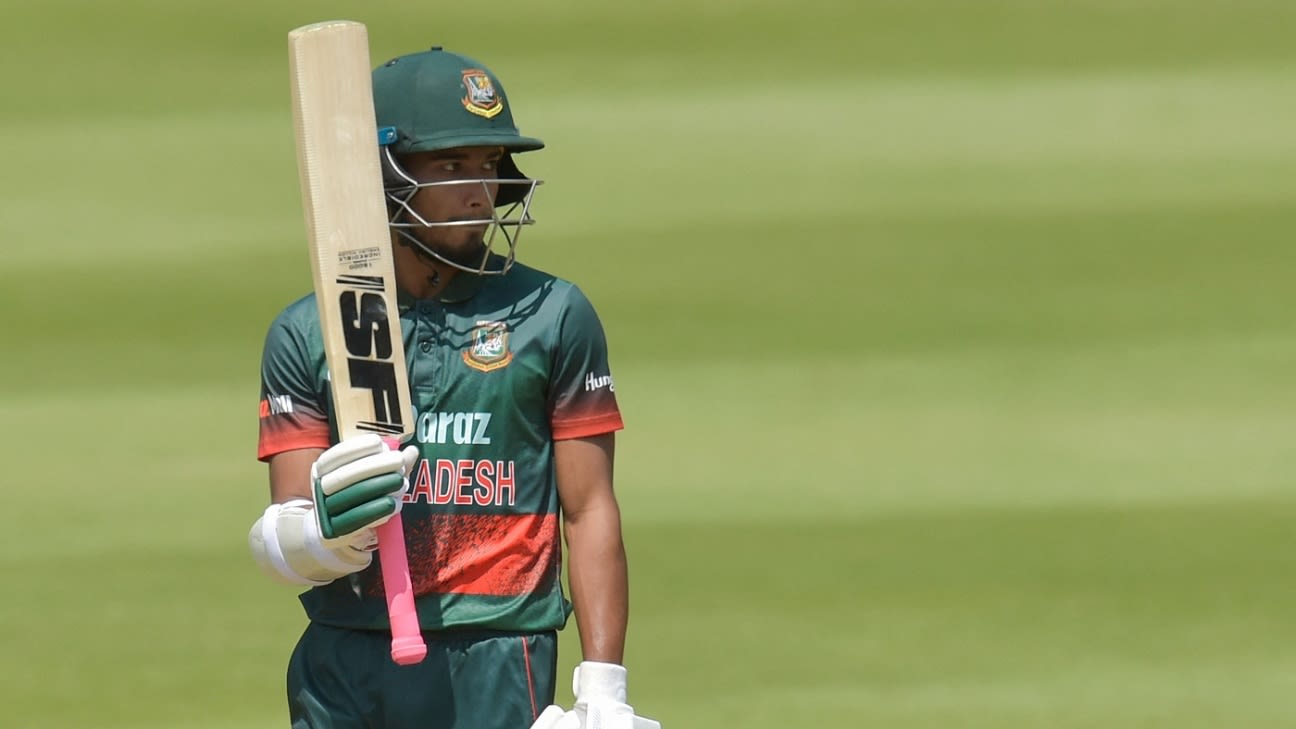Kagiso Rabada, meanwhile, was pleased with the extra pace and bounce on offer at the Wanderers
“I guess the Wanderers was good to us,” Rabada said. “There was a bit more with the new ball in this game. There’s generally more bounce at the Wanderers. I think the cracks came into play initially. Once the ball gets older, it is better to bat.
“I thought we bowled very well in the first ten overs of the previous game. Unfortunately, we couldn’t get a breakthrough. Playing at the Highveld, you are almost guaranteed to speed up. You score quicker once you are in.”
“We knew there would be pace and bounce on South African pitches, but there was uneven bounce today if you look at my wicket,” Tamim said. “There was uneven bounce in the second innings too. It is hard to predict if there’s going to be uneven bounce. I think this was my second game here in 15 years. We also have to rely on the statistics. If you look at the numbers, teams have batted first and scored big in this ground.”
Rabada said Bangladesh’s unfamiliarity with these conditions made their batters’ life harder.
“You generally want to use the extra bounce and extra pace at the Wanderers.” he said. “I don’t know if I should be surprised [at how they got out]. You are not going to rock up and just expect to bounce out teams. You will use that tactic to the best of your ability.
“I guess the talk is that subcontinent teams wouldn’t be able to deal with the extra bounce as well as we would. We have grown up and played here. Vice versa, if you go to the subcontinent, they are well-prepared to play in their conditions. That’s the beauty of cricket when you consider conditions. It plays a huge role. At home, we will try to exploit what we know we can exploit. I am glad to say that it worked. Players generally play multiple conditions rather well but conditions will always favour for the home side.”
Tamim said Bangladesh could have still reached a total of around 240 or 250 if the likes of Yasir Ali and Mushfiqur Rahim had held on for a little longer.
“I thought 240-250 would have been a good total. The wicket was turning from one end, from where [Mehidy Hasan] Miraz and [Tabraiz] Shamsi bowled most of their overs. I thought [Yasir] Rabbi’s wicket was costly as it would have been the last ball of Rabada’s [first] spell. He bowled another over.
“I think Riyad bhai is a very important part of this ODI team,” Tamim said. “Neither me, the team management nor selectors are thinking about [dropping] him.
“Afif is batting really well at No 7. If I bring him up to No 6, then we will be asked who will bat at No 7. We took a long time to find a good No 7 who will finish games and score runs in the end overs. I think Afif is the right guy [at No 7]. The sort of batting he does, the day he scores runs it will take us to a winning position.”
Mohammad Isam is ESPNcricinfo’s Bangladesh correspondent. @isam84
